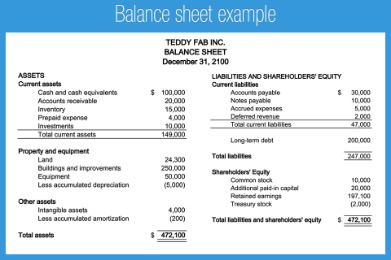When a purchase return is partly returned by the customer, it is treated as a payment on account of the balance. It means that for this part, the supplier has received only a part of the amount due to him/her. In such cases, therefore an overdraft would be created in his books of accounts and he will have to adjust it when he receives the balance by making an adjusting entry. Therefore, the entries made that at the end of the accounting year to update and correct the accounting records are called adjusting entries. The accrual accounting convention demands that the right to receive cash and the obligation to pay cash must be accounted for.
Introduction to Adjusting Journal Entries
It is normal to make entries in the accounting records on a cash basis (i.e., revenues and expenses actually received and paid). Even though you’re paid now, you need to make sure the revenue is recorded in the month you perform the service and actually incur the prepaid expenses. The primary distinction between cash and accrual accounting is in the timing of when expenses and revenues are recognized.
Under the xerocon us 2016 accrual basis of accounting, expenses are matched with revenues on the income statement when the expenses expire or title has transferred to the buyer, rather than at the time when expenses are paid. Adjusting entries always involve a balance sheet account (Interest Payable, Prepaid Insurance, Accounts Receivable, etc.) and income statement account (Interest Expense, Insurance Expense, Service Revenues, etc.). Entries are made with the matching principle to match revenue and expenses in the period in which they occur.
Closing entries relate exclusively with the capital side of the balance sheet. Therefore, it is considered essential that only those items of expenses, losses, incomes, and gains should be included in the Trading and Profit and Loss Account relating to the current accounting period. By definition, depreciation is the allocation of the cost of a depreciable asset over the course of its useful life.
Adjusting Entry for Prepaid Expense
And each time you pay depreciation, it shows up as an expense on your income statement. Adjusting journal entries are used to reconcile transactions that have not yet closed, but that straddle accounting periods. These can be either payments or expenses whereby the payment does not occur at the same time as delivery. Not all journal entries recorded at the end of an accounting period are adjusting entries. For example, an entry to record a purchase of equipment on the last day of an accounting period is not an adjusting entry. Accruals are revenues and expenses that have not been received or paid, respectively, and have not yet been recorded through a standard accounting transaction.
What Are the Types of Adjusting Journal Entries?
Fees earned from providing services and the amounts of merchandise sold. Under the accrual basis of accounting, revenues are recorded at the time of delivering the service or the merchandise, even if cash is not received at the time of delivery. In October, cash is recorded into accounts receivable as cash expected to be received. Then when the client sends payment in December, it’s time to make the adjusting entry. At the end of an accounting period during which an asset is depreciated, the total accumulated depreciation amount changes on your balance sheet.
- Here are descriptions of each type, plus example scenarios and how to make the entries.
- For instance, an accrued expense may be rent that is paid at the end of the month, even though a firm is able to occupy the space at the beginning of the month that has not yet been paid.
- If you granted the discount, you could post an adjusting journal entry to reduce accounts receivable and revenue by $250 (5% of $5,000).
- If the entries aren’t booked, it’s easy to forget about obligations and get a skewed picture of your financial position.
Types of Adjusting Entries
Specifically, they make sure that the numbers you have recorded match up to the correct accounting periods. As an example, assume a construction company begins construction in one period but does not invoice the customer until the work is complete in six months. The construction company will need to do an adjusting journal entry at the end tulsa quickbooks proadvisor of each of the months to recognize revenue for 1/6 of the amount that will be invoiced at the six-month point. The preparation of adjusting entries is the fifth step of the accounting cycle that starts after the preparation of the unadjusted trial balance. Generally, expenses are debited to a specific expense account and the normal balance of an expense account is a debit balance. The balance sheet reports the assets, liabilities, and owner’s (stockholders’) equity at a specific point in time, such as December 31.
My Accounting Course is a world-class educational resource developed by experts to simplify accounting, finance, & investment analysis topics, so students and professionals can learn and propel their careers. Shaun Conrad is a Certified Public Accountant and CPA exam expert with a passion for teaching. After almost a decade of experience in public accounting, he created MyAccountingCourse.com to help people learn accounting & finance, pass the CPA exam, and start their career. Someone on our team will connect you with a financial professional in our network holding the correct designation and expertise. 11 Financial is a registered investment adviser located in Lufkin, Texas. 11 Financial may only transact business in those states in which it is registered, or qualifies for an exemption or exclusion from registration requirements.



